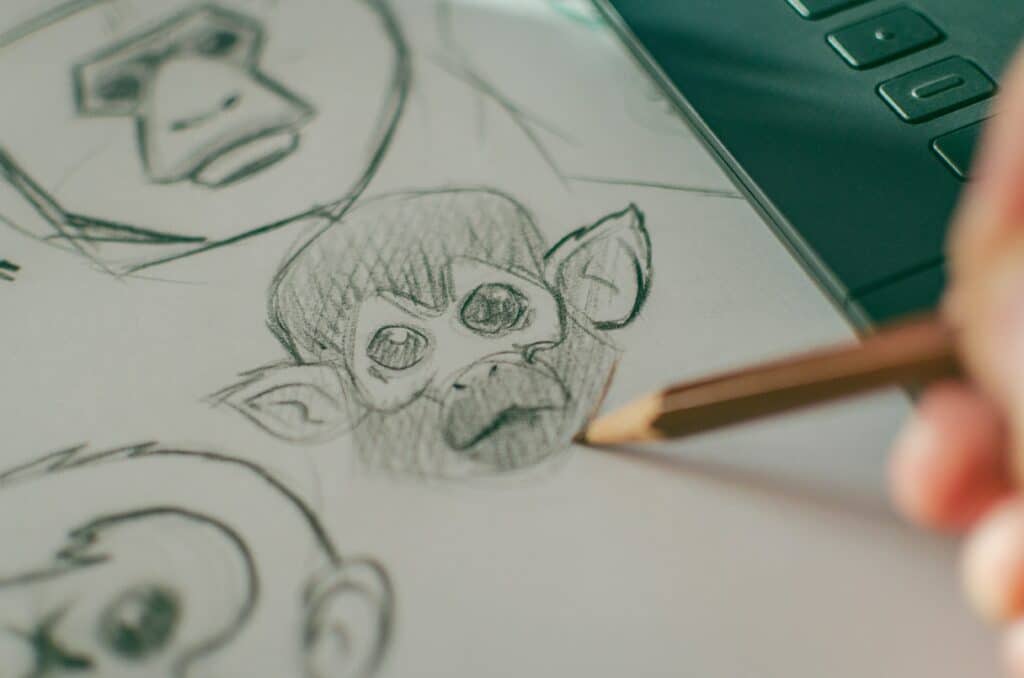2D Animation

Our tutors graduated from top universities








Overview
Customized curriculum
Choose one or more subjects, and we'll find a tutor who can make sure you're prepared.
Flexible
Take lessons only when you need them—as little or as many as necessary until you feel confident.
Private lesson
No need to accommodate other students. Learning is customized your perfect pace and difficulty so you are always improving.
About Adobe After Effects & Adobe Animate
Adobe After Effects, originally designed for graphics and effects, has expanded its capabilities to include animation. It is favored by professionals and enthusiasts alike for crafting characters, designs, and impressive effects in various projects. Its strength lies in its ability to seamlessly combine different elements into a unified video, particularly beneficial for animators seeking to blend 2D with real-world or digital backgrounds. Furthermore, it boasts a wide array of customizable tools, making it a valuable asset for creating complex animations and captivating effects.
Conversely, Adobe Animate, formerly known as Flash, is dedicated exclusively to animation. It provides specialized tools for animating drawings and characters, whether you’re creating simple frame-by-frame animations or intricate vector art. It caters not only to cartoon creators but also to designers and developers looking to produce interactive web content, digital advertisements, and presentations. With versatile sharing options like HTML5, WebGL, or standard video formats, Adobe Animate simplifies the animation process, allowing creators to focus on storytelling without getting bogged down in technical intricacies.
Description
Whether you’re a novice or seasoned, this course delves into animation. You’ll craft characters through fundamental drawing and animate using Adobe After Effects and Adobe Animate. Ideal if you love drawing, comics, cartoons, or anime and aspire to craft captivating stories and animations. Game design enthusiasts can also discover character animation for video games.
What you will learn
- Gain proficiency in Adobe After Effects and Adobe Animate.
- Foster core drawing and animation skills.
- Craft impressive hand-drawn animations.
- Explore timeline adjustments and tweening methods.
- Become an adept practitioner of Disney's timeless 12 animation principles.
Requirements
- Ages 9-18
- Interested in graphic design or animation
Subjects
- Art History
- Biology
- Calculus (AB & BC)
- Chemistry
- Chinese Language and Culture
- Comparative Government & Politics
- Computer Science A
- Computer Science Principles
- English Language & Composition
- English Literature & Composition
- Environmental Science
- European History
- French Language and Culture
- German Language and Culture
- Human Geography
- International English Language
- Italian Language and Culture
- Japanese Language and Culture
- Latin
- Macroeconomics
- Microeconomics
- Music Theory
- Physics 1: Algebra-based
- Physics 2: Algebra-based
- Physics C: Electricity and Magnetism
- Physics C: Mechanics
- Psychology
- Spanish Language and Culture
- Spanish Literature and Culture
- Statistics
- Studio Art (2-D, 3-D, & Drawing)
- U.S. Government & Politics
- U.S. History
- World History: Modern
Student FAQs About 2D Animation
The Core Animation Principles, formulated by Disney luminaries Ollie Johnston and Frank Thomas, comprise 12 guiding principles aimed at enhancing the vitality and engagement of animations. These principles encompass Squash and Stretch, Anticipation, Staging, Straight Ahead Action and Pose to Pose, Follow Through and Overlapping Action, Slow In and Slow Out, Arcs, Secondary Action, Timing, Exaggeration, Solid Drawing, and Charisma.
“Straight Ahead” animation involves the sequential creation of frames, starting from the initial point and advancing linearly. It is commonly employed to depict rapid or intricate movements. In contrast, “Pose to Pose” animation begins by establishing keyframes, followed by the interpolation of intermediate frames. This method is typically applied to convey emotional or dramatic sequences.
Timing in animation imparts weight and intention to movements. The pace of an action, whether brisk or deliberate, shapes how viewers perceive emotions, intentions, or unfolding narratives. Timing also plays a pivotal role in synchronizing physical actions with sound or dialogue.
Frame rate dictates the number of frames displayed per second in animation. A higher frame rate generally yields smoother motion but demands more resources for frame creation and rendering. Common frame rates include 24, 30, or 60 frames per second.
“Follow Through” and “Overlapping Action” are nuanced yet pivotal techniques in animation. “Follow Through” involves certain elements of a character continuing to move after the character ceases its primary motion, mimicking real-world physics. For example, when a character stops running, their clothing and hair may continue moving forward due to inertia. “Overlapping Action” refers to the offsetting of movements occurring simultaneously but with distinct starting times. For instance, when an animated bird takes flight, the wing motion slightly lags behind the body’s movement, infusing fluidity and complexity into the animation. Mastery of these techniques deepens viewer immersion and emotional connection with animated scenes, rendering them essential for serious animators.
Tweening, derived from “in-betweening,” constitutes a critical animation technique used to create the illusion of motion. It involves generating intermediary frames that bridge the gap between two key images, effectively smoothing transitions to create seamless movements. While this process can be performed manually, numerous animation software solutions have streamlined and automated it. Tweening plays a pivotal role in animation by ensuring that motions flow smoothly and appear natural. In the absence of transitional frames, animations may exhibit choppiness and disjointedness. By incorporating tweening, animators can attain a level of fluidity and realism that elevates the overall quality of their animations, captivating audiences with lifelike movements.
How it works
1
Request a tutor
Let us know your goals and age range. We'll figure out a plan to help get you there.
2
Match with a tutor
We'll recommend you a tutor based on your needs and goals, or you can request a specific tutor.
3
Start a free trial
Experience a free trial lesson with your new tutor and see if your learning style matches.
4
Keep it up!
If everything went well, sign up to keep going! You can choose the pacing of the lessons
1Request a tutor
Let us know your goals and age range. We'll figure out a plan to help get you there.
2Match with a tutor
We'll recommend you a tutor based on your needs and goals, or you can request a specific tutor.
3Start a free trial
Experience a free trial lesson with your new tutor and see if your learning style matches.
4Keep it up!
If everything went well, sign up to keep going! You can choose the pacing of the lessons
Need more info?
Let's talk.
Leave your phone number, and we’ll call you back to discuss how we can help you.








